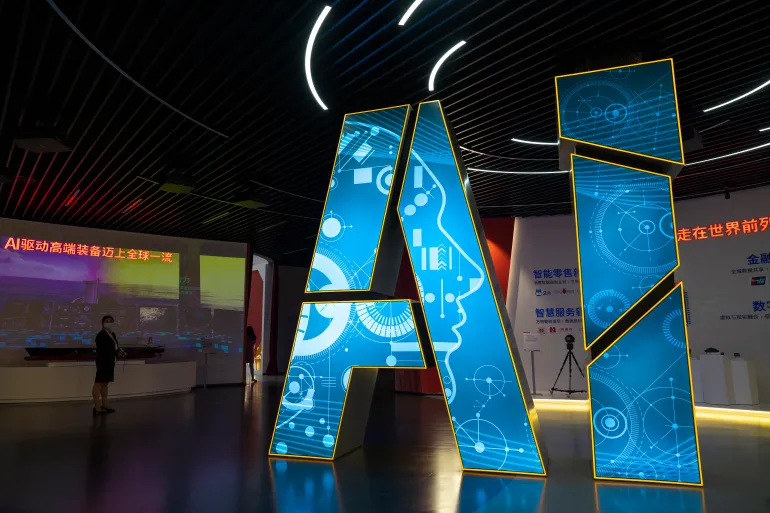In a fascinating twist of the digital age, China’s Propaganda. China has embarked on a novel strategy that underscores the evolving landscape of global narratives and the power of technology in shaping public perception.
By leveraging artificial intelligence, China has begun to craft and disseminate propaganda. That mocks the ‘American Dream,’ marking a significant shift. In how geopolitical discourse is conducted in the 21st century. Let’s delve into this development, exploring its implications for international relations, media, and the broader discourse surrounding the ‘American Dream.’
A Digital Strategy
Initially, the use of AI in propaganda efforts represents a cutting-edge approach to a longstanding practice. Historically, nations have used various means to promote their ideologies and undermine their rivals’.
However, China’s turn to AI introduces a new level of sophistication and potential reach. Illustrating the growing significance of technology in international power dynamics. This strategy not only amplifies the message but also allows for tailored content that can more effectively resonate with diverse global audiences.
Redefining the Narrative
Furthermore, by focusing on the ‘American Dream,’ China targets a core aspect of American identity and values. The ‘American Dream,’ with its promises of freedom, opportunity, and prosperity, has long been a powerful element of the United States’ global image.
China’s AI-driven propaganda
China’s AI-driven propaganda seeks to challenge this narrative, suggesting that the reality falls short of the ideal. This initiative highlights the battle of narratives as a central front in geopolitical competition, where perceptions and ideologies clash in the digital arena.
The Power of Perception
Moreover, this development emphasizes the critical role of perception in international relations. In a world increasingly connected and influenced by digital media, the ability to shape narratives and influence public opinion becomes a potent tool in the arsenal of states.
China’s Propaganda use of AI in spreading its version of the ‘American Dream’ narrative demonstrates an acute awareness of this power. It reflects a strategic effort to reshape perceptions, potentially weakening adversaries not through physical might but through the battleground of ideas and beliefs.
Challenges and Responses China’s Propaganda
Additionally, China’s Propaganda emergence of AI-driven propaganda poses significant challenges. And to open societies and the traditional concept of the marketplace of ideas.
The capacity for AI to generate persuasive and tailored content raises concerns about misinformation. The manipulation of public opinion, and the erosion of trust in democratic institutions. It necessitates a robust response that includes fostering media literacy. Ensuring transparency in AI technologies, and reinforcing the values of open and informed debate.
Looking Ahead
In conclusion, China’s turn to AI in mocking the ‘American Dream’ represents a pivotal moment. In the China’s Propaganda, If we see in the interplay between technology and geopolitics.
As nations navigate this new terrain, the implications for international relations, public discourse, and the integrity of information are profound. China’s Propaganda and The ongoing evolution of AI and its use in propaganda will undoubtedly continue to challenge traditional norm. Prompting a reevaluation of strategies to uphold truth, democracy, and the free exchange of ideas in the digital age.
Inspired by Al Jazeera News and read more articles here or read previous articles here.
